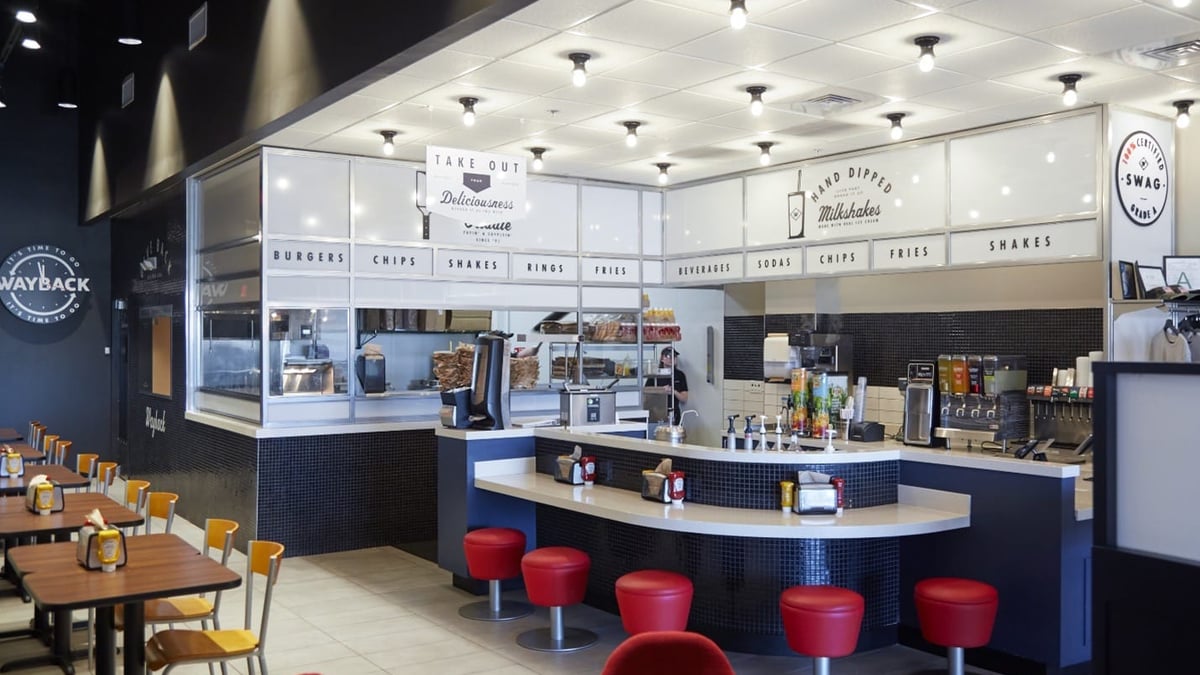Creating a compelling restaurant layout is no piece of cake. It takes effort, time, and resources to transform a blank space into an exciting, immersive dining experience. However, the reward is well worth it. A well-designed restaurant not only improves customer satisfaction and retention rates but boosts revenue and profits. If your vision for your new restaurant involves something beyond a standard fast-food layout or generic “industrial” design, you’ll need to do some planning before breaking ground. Here are some helpful hints on creating the perfect setup for your new restaurant.
Set Goals for Your Restaurant Layout
Before you even begin to sketch out any floor plans, you must set goals for your space. Think about what your guests may want to experience. What will keep them coming back for more? What is the type of vibe you want to give off? It’s important to think about these things when setting goals for your layout. Once you’ve answered these questions, you’ll then be able to start thinking about the restaurant layout with a specific goal in mind.
Determine the Flow
One key factor when designing a layout is the flow of the space. How guests circulate and move alongside staff and other visitors will contribute to an overall positive dining experience. Also, when you walk through the room, think like a guest. The restaurant layout should allow customers to easily navigate from the entrance to the dining area without any confusion or obstructions.
You can ensure the flow by sketching out the floor plan and marking where different features like the host stand, restrooms, bar, and kitchen are located. You can also draw arrows to indicate the flow of guests and staff through other areas of the restaurant. This will help you visualize how people will move throughout the space and identify areas that might not get enough foot traffic.
Know Your Brand
If you’re familiar with building a business, you probably already know the importance of branding. Your restaurant’s layout and design should not only be visually appealing but also consistent with the brand promise. It’s about creating an immersive and engaging experience for guests. To create a layout that accurately represents your brand, you need to understand your brand’s unique selling proposition (or what makes your restaurant unique), target market, core values, and brand promise.
Do your market research and consider your target clientele. What are your guests like, and what do they expect? Make sure the music matches the vibe, the decor reflects the menu and style, and don’t forget those tiny touches like doorknobs, floor finish, and lighting. This will make for a more memorable and unique dining experience.
Because Wayback Burgers’ menu appeals to many different demographic groups, an accessible spot is always ideal. Wayback Burgers helps franchisees analyze potential buildings and sites based on decades of experience combined with the franchisee’s knowledge of their target markets. The franchisor’s ongoing partnerships with commercial real estate brokers also helps ensure that you will find the ideal location for your restaurant. The franchise has been serving up America’s favorite burgers and other nostalgic comfort foods since 1991 and has since exploded to 170+ locations in 35 states across the country.
Comfort is Key
Ensuring your guests are comfortable is essential to retaining customers and boosting those five-star reviews. Considering the temperature, humidity control, and good ventilation are at the top of the priority list when creating an inviting space. The temperature in the dining area should be controlled for guests’ comfort, but you must also consider the kitchen staff. The heat inside a kitchen can reach high levels due to cooking, lighting, and appliances. Having a proper HVAC system is imperative to keep the air flowing at a comfortable rate and your kitchen staff cool and comfortable.
Decide on the Major Design Elements
After you’ve decided on the flow path, it’s time to choose the significant design elements for your space. These elements include the lighting, color scheme, architectural features, and interior design. You can do this by listing all the design elements that come to mind. Once you have a list, you can start to visualize how these elements might look if implemented in your restaurant’s design. For example, you might love the idea of a rustic farmhouse design but wonder if it will be too visually noisy. Each design decision you make will subtly influence your restaurant’s mission.
Confirm Your Space Requirements
Once you’ve determined your goals and the overall design elements, you’ll need to confirm your safety and space requirements. You’ll want to consider clear pathways to the exits, room dimensions (inside and out), privacy requirements, kitchen layout and location, ADA compliance, and more. The more detailed you are during this planning process, the smoother your construction will go. You can find a floor plan template online to help create your layout. Remember, the layout you draw up now may not be the layout you end up with. This is because construction and design timelines often have unexpected roadblocks and complications.
Suppose you’re not up for researching and calling in design experts on your own and potentially going over budget. If you are in the burger business, one of the benefits of partnering with a franchise is that the layout work is already done for you.
A Wayback Burgers construction coordinator will help you manage your custom design plans and assist in securing an architect and engineer. The support team at Wayback Burgers will also help identify approved subcontractors to help avoid any unreliable or untrustworthy resources.
To get started, reach out to the Wayback Burgers team to learn more about our franchise opportunity.

